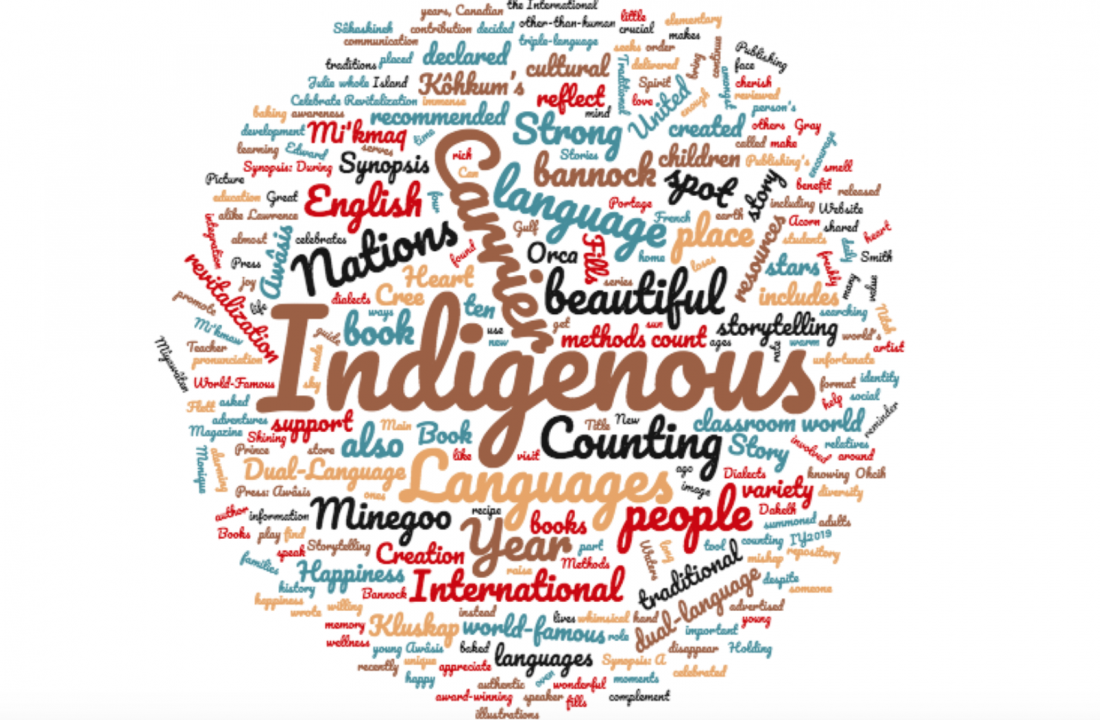
Languages are the libraries in existence, in which we find the collective history, knowledge, mythology, and perceptions of an entire people. But this diversity is being lost at an alarming rate.
Languages die because people stop speaking them: due to social pressures, demographic change and external forces. Colonisation, and the globalised capitalism it subsequently spawned, has perhaps been the greatest murderer of languages in human history, and this legacy is alive and well in the present.
International Mother Language Day recognises that languages and multilingualism can advance inclusion, and the Sustainable Development Goals’ focus on leaving no one behind. UNESCO believes education, based on the first language or mother tongue, must begin from the early years as early childhood care and education is the foundation of learning.The theme of the 2022 International Mother Language Day, “Using technology for multilingual learning: Challenges and opportunities,” UNESCO report states that nearly 1,500 ethnic languages are globally becoming extinct every day. Their place is being usurped by foreign languages, which facilitate and guarantee successful trade and commerce and boost the economy.
The UN recognised 2019 as the International Year of Indigenous Languages, bringing world attention to the critical importance of maintaining and revitalizing Indigenous languages. Today, of the 7,000 languages spoken worldwide, close to 2,680 languages are in danger of disappearing altogether.
Indigenous language movements are about our sovereignty and self-determination and a process of extinction. Cultural Survival supports language revitalisation efforts that assure language continuation in Indigenous communities.
As the world prepares for the International Decade of Indigenous Languages 2022-2032, UNESCO unveils the World Atlas of Language and the Red Book of Endangered Languages was published by UNESCO and collected a comprehensive list of the world’s endangered languages. It has been replaced by the UNESCO Atlas of the World’s Languages in Danger.
The situation in India is alarming. Some 197 languages are in various stages of endangerment in our country, more than any other country in the world.
According to UNESCO, any language that is spoken by less than 10,000 people is potentially endangered. In India, after the 1971 census, the government decided that any language spoken by less than 10,000 people need not be included in the official list of languages.
The case of indigenous languages of Doda Kishtwar and Ramban too need a fleeting attention as the majority of the languages like Bhaderwahi, Bhalesi, Padri, Sarazi, Pogali, Saroori, Bonjwali, Dachni, Marvi, Zundhari, Khashali, Mehasbi, Siram, Khush, Gaddi and many other small dialects of ethnic relevance are spoken by the large chunk if population but are yet to be included under Pahari Speaking category by the Government. All these languages or dialects have been kept under Western Pahari by linguists like GA Grierson. The language movement has initiated an indigenous language movement and found that resurrecting lost languages may bring many benefits to indigenous populations. There is an unfolding tragedy of census of India data and Pagari Board survey too.
The J&K Board for Development of Pahari Speaking People (PSP) survey of 2018, says that Anatnag has 7.86% of Pahari speaking people, Budgam has 0.70%, Bandipore 4.33 percent, Baramulla 14%, Doda 0% .The board has forgotten the Western Pahari classified languages like Bhalesi, Sarazi and Bhaderwahi that form a large chunk of population of Pahari speaking people. The board in its surveys further reveal that Ganderbal has 5.88% of Pahari Speaking people, Jammu, Kargil, Ramban, Reasi, Samba, Kathua, Leh and Kishtwar has no Pahari Speaking People. They again forgot the Padari (Paddari) a Western Pahari offshoot) classified under the first linguistic Survey of India (LSI 1919) conducted by GA Grierson. The Board statistics further say that Kupwara has 11.84 percent, Pulwama has 1.59%, The Board of Parahi Speaking People which comes under the Social Welfare Department of Government of Jammu and Kashmir has figures for Poonch and Rajouri and Shupiyan i.e 56.3 and 56.10% and 5.4 % pahari speaking people respectively, the board has shown 0% pahari speaking population of 0℅ which is quite disappointing.
As far as the census of India 2011 is concerned, the statistics are quite different and contrary to the pahari board survey. According to the census papers, there are 81,999 Bhaderwahi speaking people, and the population of Pahari speakers is 9,971 in Doda, 244 in Thathri, and 6,816 in Ramban Banihal.
Demands of Pahari Core Committee erstwhile Doda
1. Amendment in J&K Reservation Rules
2. 4 percent reservation in recruitment and free admission in academic and professional colleges
3. Grant of scholarship (Post/Pre-matric) to school going pahari speaking students by J&K Board for the Development of Pahari Speaking People.
4. Construction of hostels for Pahari students of Doda Kishtwar and Ramban by J&K Board for the Development of Pahari Speaking People.
5. Implementation of Pahari Sub-Plan on the pattern of Tribal Sub Plan for Doda Kishtwar and Ramban by J&K Board for the Development of Pahari Speaking People.
6. Promotion of Pahari Language, Literature and Culture of Doda Kishtwar and Ramban by J&K Board for the Development of Pahari Speaking People.
7. Creation of separate sections for Bhaderwahi, Sarazi, Bhalesi, Padri, Pogli in J&K Academy of Art Culture and Languages
8. Publication of Text books for Bhaderwahi, Sarazi, Bhalesi, Padri, Pogli by The Jammu and Kashmir Board of School Education.
The indigenous language movement and Pahari and Allied language movement talked about strategies for linguistic revitalisation and the political issues surrounding linguistic change and preservation.Their revitalisation continues to interest the scientific community and motivate linguists to devote their efforts to rescuing them from extinction.
Related:
Hindi Imposition and Hindu Nation
BHU: Urdu dept HoD apologises for Urdu Day poster with Allama Iqbal’s photo